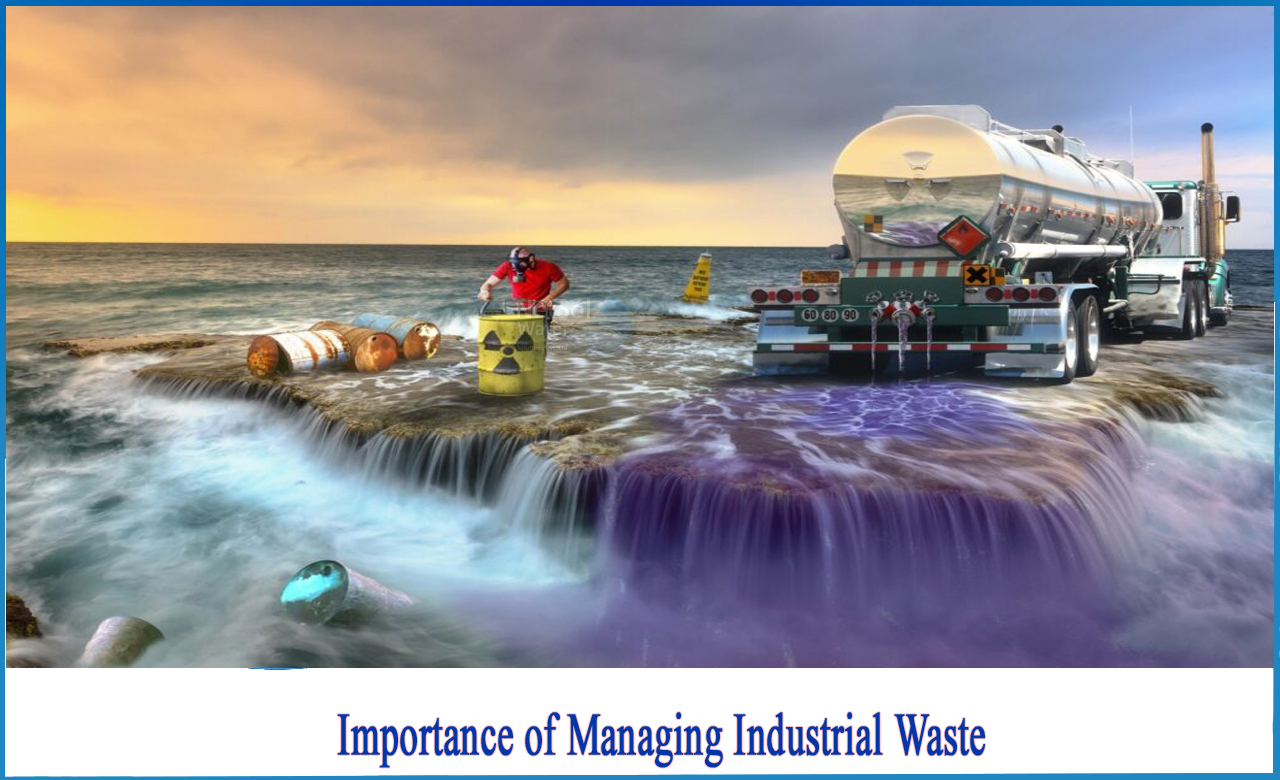Get This Report about Reclaim Waste
Table of ContentsReclaim Waste Fundamentals Explained5 Simple Techniques For Reclaim WasteWhat Does Reclaim Waste Mean?The smart Trick of Reclaim Waste That Nobody is DiscussingMore About Reclaim Waste
Discover the kinds, incidents, and kinds of fluid waste. Residential sewage waste refers to the waste and items from a property septic storage tank. This sort of waste is produced by humans in houses, schools, and various other structures. This only includes sewage-disposal tanks that have a drain area. The correct administration and disposal of domestic sewer waste call for liquid waste to be moved to a sewage treatment plant where the appropriate techniques and equipment are related to detoxify and deal with waste.
Industrial waste often includes possible dangers, such as flammable products or a blend of liquid and solid waste products, and needs an extra sophisticated and detailed disposal procedure. The disposal of industrial waste typically entails the purification of waste before transport to make certain secure and proper disposal. Hazardous waste is created from by-products and drainage of industrial processes and production.
This type of waste can not utilize the very same sewer administration transport or procedures as septic or industrial liquids. The hazardous waste monitoring process needs the inspection and testing of liquid waste before it undergoes the disposal process (liquid waste disposal). Runoff waste is the fluid waste that comes from drainage and excess stormwater in highly populated locations or cities
Drainage waste can trigger contamination and flooding otherwise handled properly. Discover much more concerning drain cleaning and waste monitoring. Making sure appropriate waste management can stop calamities and reduce ecological injury. Both individuals in domestic settings and experts in commercial or production markets can gain from recognizing the processes and guidelines of liquid waste management.
The Greatest Guide To Reclaim Waste
Get in touch with PROS Providers today to learn more about our waste monitoring and disposal solutions and the appropriate methods to take care of the fluid waste you create.
Do you know what occurs to your water when you end, purge the commode or drain pipes the cleaning device? No? Well, it deserves recognizing. This supposed 'wastewater' is not only an essential source but, after treatment, will certainly be launched to our land, waterways or the ocean. Utilized water from toilets, showers, bathrooms, cooking area sinks, washings and commercial procedures is recognized as wastewater.

water made use of to cool equipment or clean plant and equipment). Stormwater, a form of wastewater, is overflow that moves from farming and metropolitan locations such as roofings, parks, yards, roadways, paths and seamless gutters right into stormwater drains, after rain. Stormwater moves neglected directly to local creeks or rivers, ultimately getting to the sea.
Reclaim Waste Things To Know Before You Buy
In Queensland, most wastewater is dealt with at sewage treatment plants. Wastewater is delivered from residential or industrial sites via a system of sewers and pump terminals, referred to as sewage reticulation, to a sewage therapy plant. Regional governments develop, preserve and operate most sewage therapy plants. Operators are certified under the Environmental Management Act 1994 to discharge treated wastewater at an acceptable environmental standard into rivers.
The Division of Natural Resources advises local federal governments concerning handling, operating and maintaining sewage systems and therapy plants. In unsewered locations, city governments may call for homeowners to install specific or house sewer treatment systems to treat domestic wastewater from bathrooms, kitchens, shower rooms and washings. The Division of Natural Resources authorises the usage of household systems when they are proven to be reliable.
In some new neighborhoods, therapy of some stormwater to remove clutter, sand and gravel has actually started using gross pollutant catches. Wastewater treatment takes place in four stages: Removes strong issue.
Wastewater after that flows read more right into huge storage tanks where solids clear up and are removed as sludge. Oil and residue are skimmed from the surface. Uses tiny living microorganisms called micro-organisms to break down and remove remaining liquified wastes and great bits. Micro-organisms and wastes are incorporated in the sludge. Eliminates nitrogen and phosphorus nutrients that could create algal blooms in our waterways and endanger marine life.
Reclaim Waste Fundamentals Explained
Nutrient elimination is not offered at all sewage therapy plants since it calls for expensive specialized devices. It is coming to be more common in Queensland. Clear liquid effluent created after treatment might still have disease-causing micro-organisms. If this effluent is released into rivers such as rivers or the sea, the micro-organisms will at some point pass away out.

This usually means wastewater has to be treated or pollutants eliminated prior to it can be discharged to waterways. Many wastewater streams into the sewage system. Under the Act, city governments administer authorizations and licences for environmentally appropriate tasks (Ages) including wastewater launches that might have a local impact. The division carries out approvals and permits to ERAs involving wastewater launches that may have a local or statewide influence.
Some Ideas on Reclaim Waste You Need To Know
Surveillance offers factual information about water top quality and can validate that permit problems are being fulfilled. The info gotten through monitoring offers the basis for making water quality decisions.
Comments on “Reclaim Waste Things To Know Before You Buy”